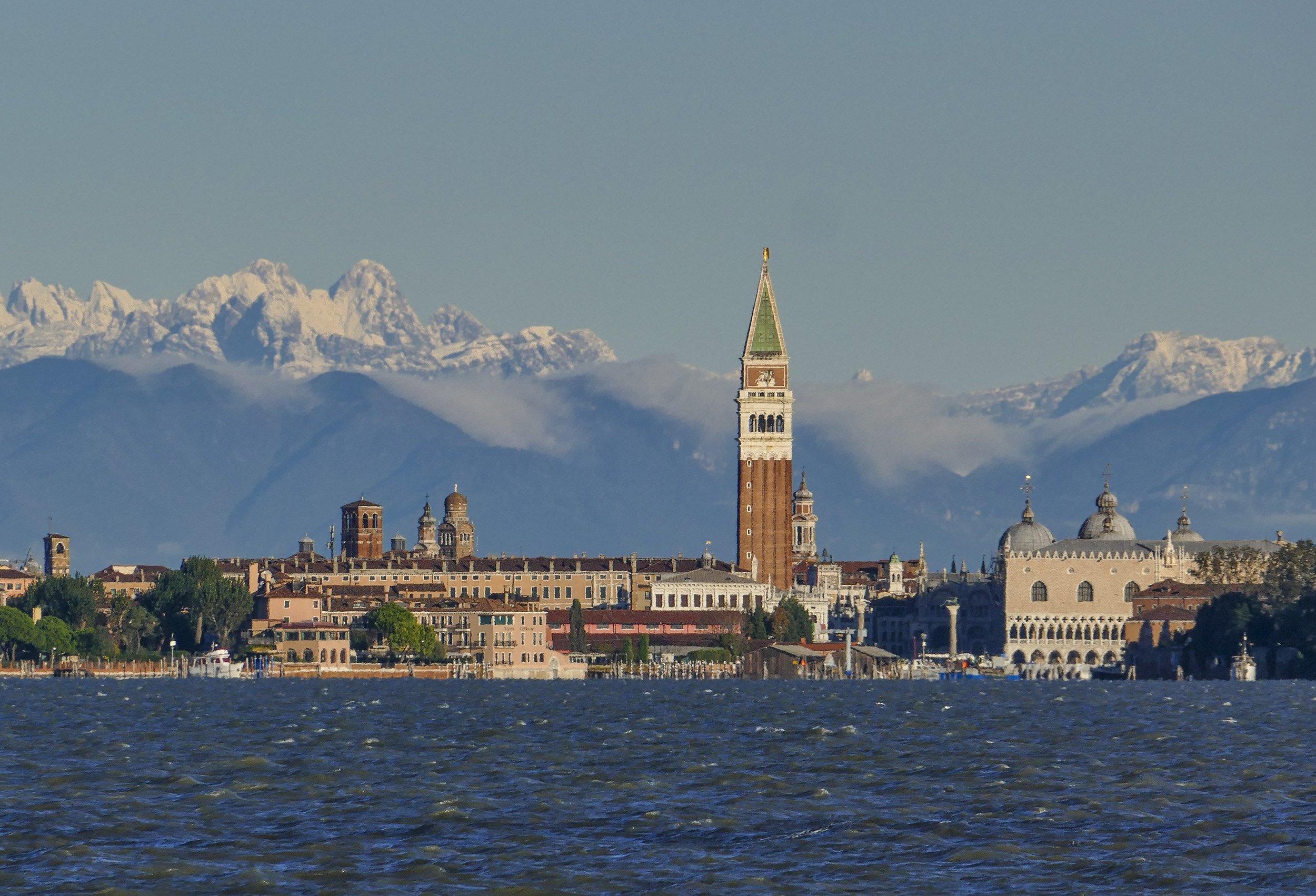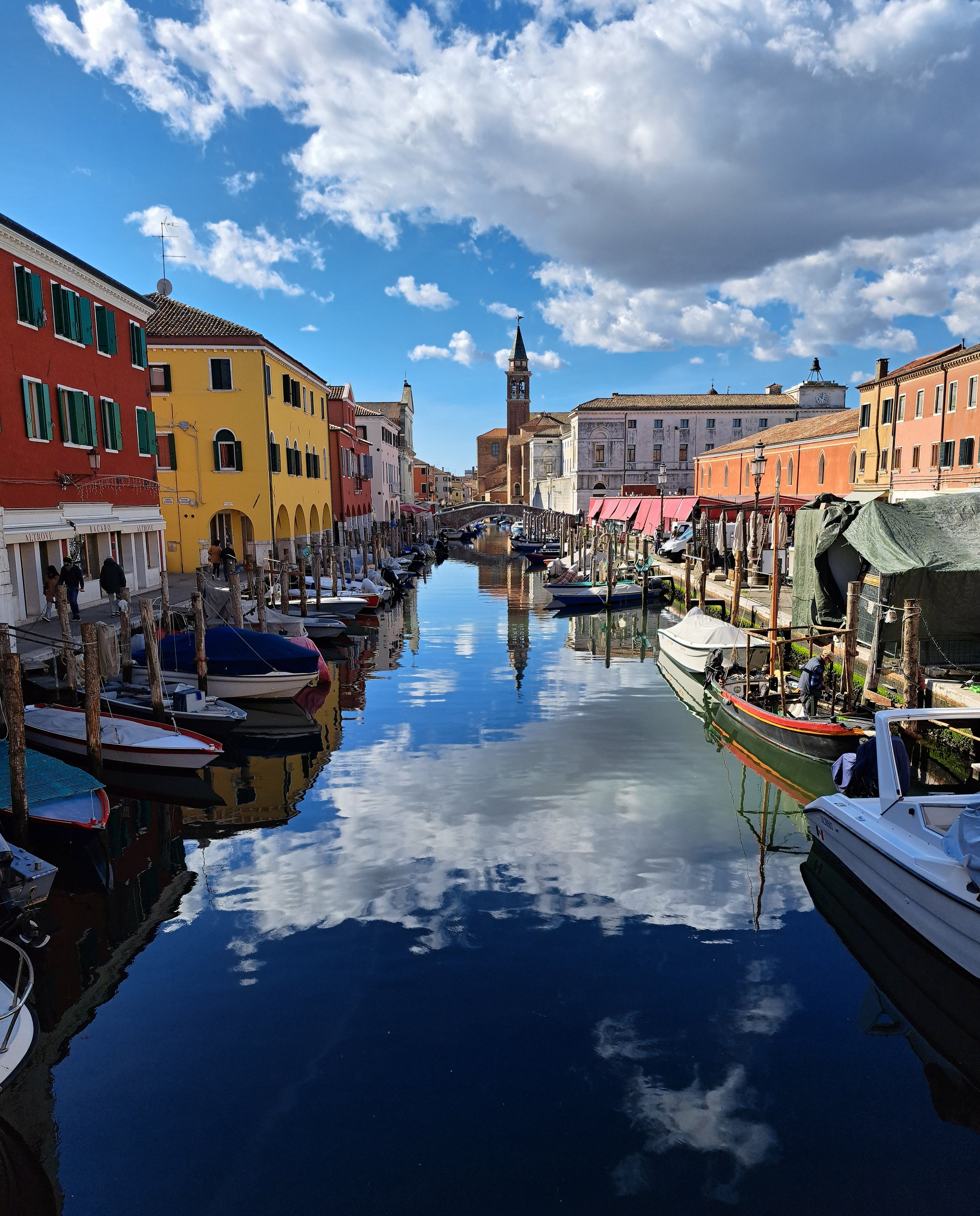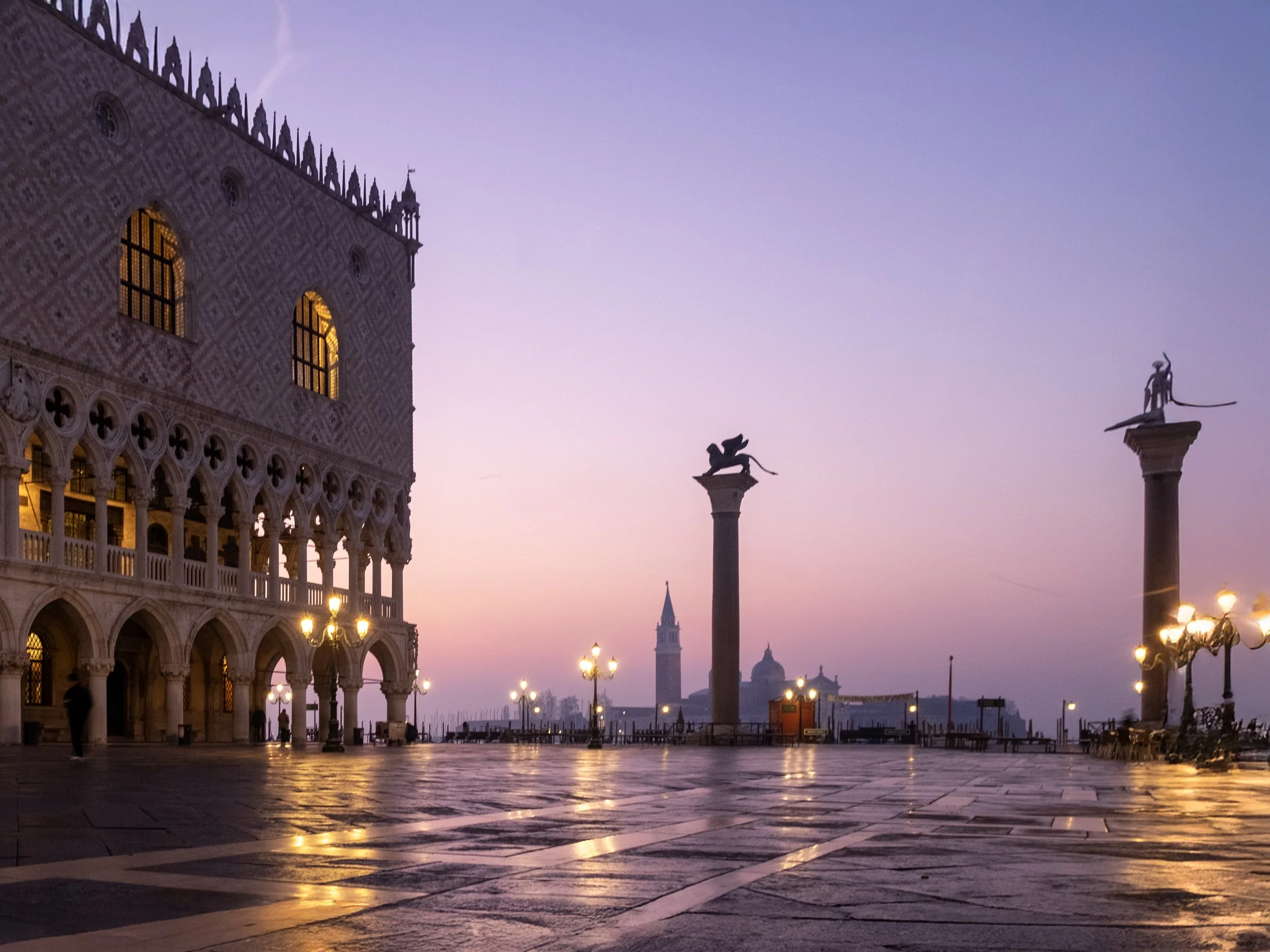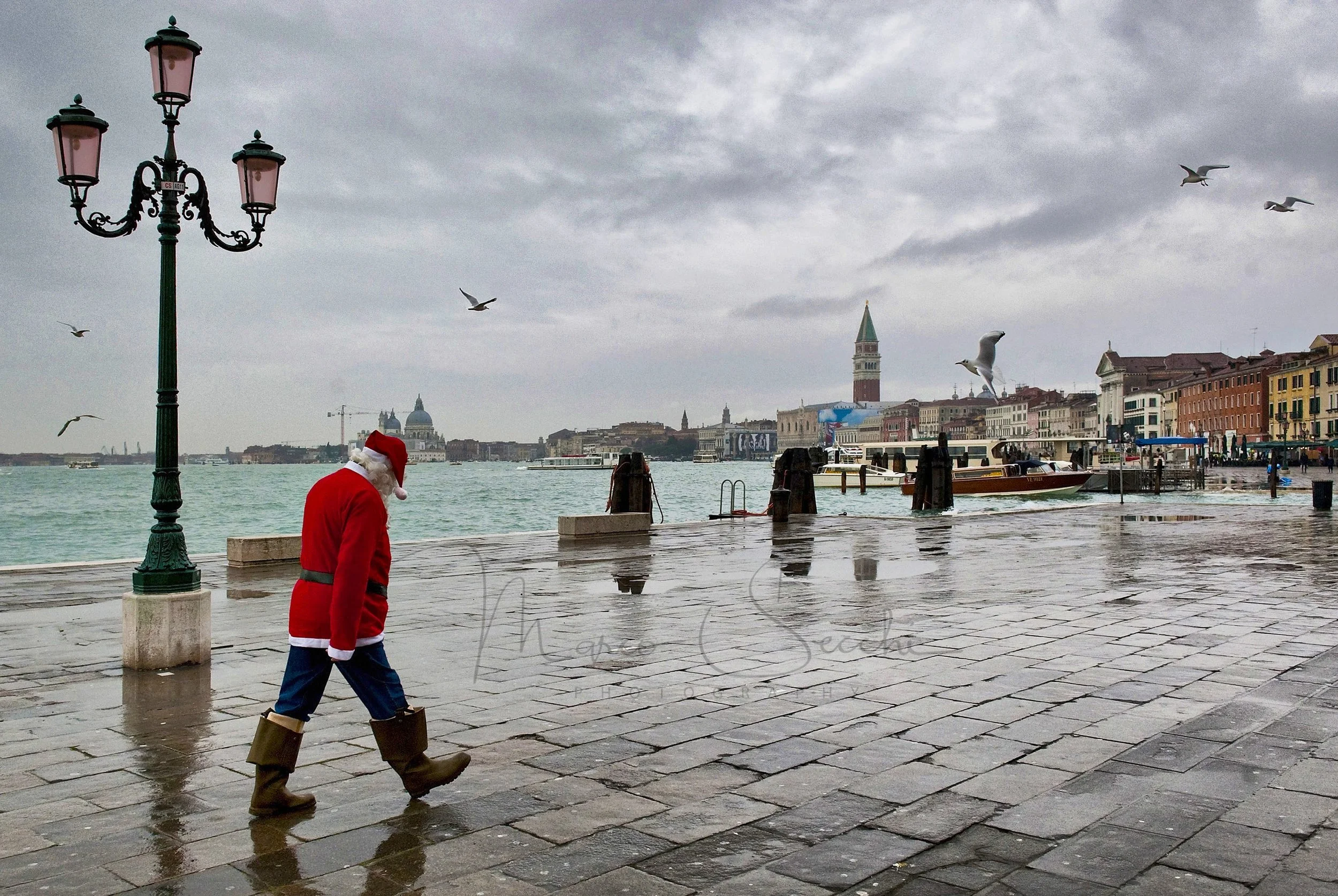Photography is a profession that involves capturing and creating still images using a camera. Photographers are artists that use their technical skills and creativity to capture moments and emotions that are conveyed through their images. They often specialize in a particular genre of photography such as portraiture, landscape, fashion, or photojournalism.
On the other hand, content creation is a broader term that encompasses various creative mediums such as photography, videography, graphic design, and writing. Content creators use their creative skills to produce engaging and informative content for various platforms, including social media, blogs, and websites. They may work independently or as part of a team to create content that meets the needs and interests of their audience.
One of the primary differences between photographers and content creators is their focus. Photographers typically focus solely on creating still images, whereas content creators may use various mediums to create content that tells a story or conveys a message. Additionally, photographers often work in a specific genre of photography, while content creators may work across various mediums and genres.
Another difference between the two professions is their scope of work. Photographers often work on specific projects or assignments, such as weddings, fashion shoots, or magazine editorials. Content creators, on the other hand, may work on ongoing projects such as social media campaigns or blog posts, producing content on a regular basis to keep their audience engaged.
Despite these differences, there are also some similarities between photographers and content creators. Both require a high level of creativity and technical skills to produce quality work. They both also require an understanding of the target audience and how to effectively communicate through their chosen medium.
In addition, both professions require attention to detail, strong communication skills, and the ability to work under pressure. Photographers and content creators must be able to take direction from clients or collaborators and adapt their work to meet specific requirements.
A photographer is generally considered an artist because they use their technical skills and creativity to capture and express a moment or an idea through the medium of photography. They make artistic choices about composition, lighting, colour, and subject matter, and often use their photographs to tell a story, evoke an emotion, or convey a message.
In contrast, a content creator is typically more of an executor of ideas and promotions. While they may also use technical skills to produce content, their primary focus is on creating content that will engage an audience and promote a brand or product. Content creators may use a variety of media, such as video, social media, or blog posts, to create content that is visually appealing and shareable, but their main goal is often to increase visibility and generate revenue for their brand or clients.
Of course, there can be overlap between these roles, and many photographers also create content for promotional purposes, while some content creators may have a more artistic approach to their work. However, in general, the distinction between a photographer as an artist and a content creator as an executor of ideas and promotions lies in the focus and purpose of their work.
In today's age and conditions, there is no clear answer as to whether it is better to be a photographer or a content creator. With the rise of social media and the increasing demand for high-quality visual content, both professions have become increasingly important and relevant.
However, there are some trends that suggest that being a content creator may be more advantageous in today's digital age. For one, content creators have the ability to produce content across various mediums, including photography, videography, graphic design, and writing. This versatility allows them to reach a wider audience and create more engaging and dynamic content.
Moreover, content creators are often able to monetize their work more effectively than photographers. With the rise of influencer marketing and sponsored content, content creators can earn a significant income through brand partnerships and collaborations. In contrast, photographers often rely on commissioned work or selling prints to earn a living.
That being said, there are still many advantages to being a photographer. Photography remains an essential and highly valued art form, and photographers are often able to charge premium prices for their work. Additionally, photographers who specialize in a specific genre, such as fashion or product photography, may have a more defined niche and be able to establish themselves as experts in their field.
It's also worth noting that many photographers are now expanding their skillset and becoming content creators themselves. By embracing various mediums and platforms, photographers can diversify their portfolio and reach new audiences.
Ultimately, whether it's better to be a photographer or a content creator depends on individual interests, skills, and goals. Both professions require creativity, technical skill, and an understanding of the target audience, so it's possible to combine the two and become a successful hybrid creator.
In conclusion, while there are some advantages to being a content creator in today's digital age, there are still many benefits to being a photographer. The key is to stay adaptable and embrace new technologies and mediums as they emerge, in order to stay relevant and competitive in the ever-evolving creative industry.














































